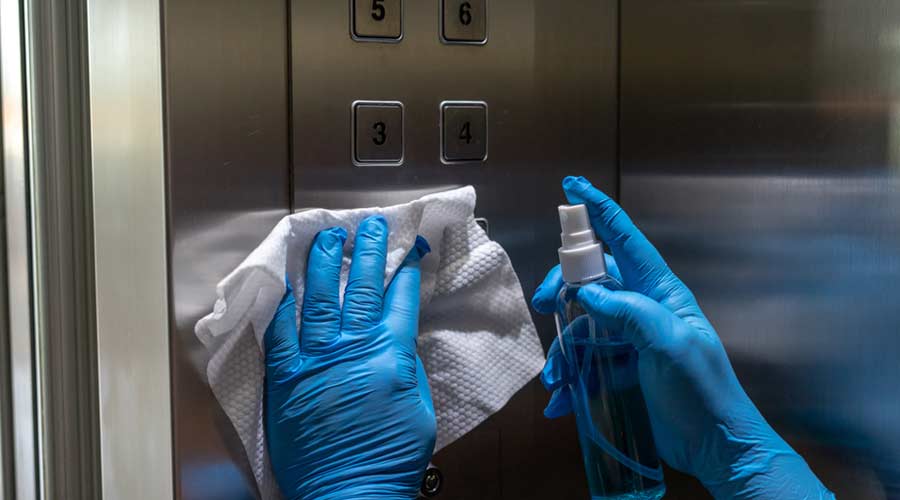
By Malcolm Smith
While IMAX 3D theatres capture depth, structure and perspective to enable realism in a widescreen format, 3D cleaning — based on detect, decontaminate, and display — captures depth, structure and perspective in an immersive facility-wide experience tracked by technician-facing and customer-facing dashboards.
Facility dashboard displays are robust customizable tools for cleaning staff and building management that consolidate and display real-time data on indoor environmental factors such as indoor air quality, surface hygiene, disinfection and service frequencies in a clear, accessible format. It enables immediate access to data streams from selected sources — such as air quality sensors, cleaning schedules, bioload monitors and more — to help address issues and maintain consistently high standards.
Transparency and Trust
Publicly visible dashboards foster transparency by making indoor environmental data readily available to all stakeholders. When occupants can view the status of air quality metrics (like CO2 levels, particulate matter, or VOCs), or know when an area was last disinfected, trust in the facility’s management and cleaning operation grows.
Transparency helps reassure stakeholders that correct protocols are being followed, which is especially important in healthcare, education, and hospitality settings.
Improved Communication and Decision-Making
Facility dashboards remove ambiguity by translating complex environmental information into digestible visuals — such as graphs, color-coded alerts, and trend indicators. This clarity supports faster, data-driven decision-making:
• For facility managers: Dashboards reveal patterns and anomalies, making it easier to schedule maintenance, prioritize cleaning, and allocate resources.
• For cleaning staff: Clear indicators of disinfection status help target efforts and avoid unnecessary repetition.
• For occupants: Information on air quality and cleaning status empowers individuals to make informed choices about their own safety and comfort.
Early Detection and Prevention
Dashboards enable early detection of potential problems, such as a sudden spike in volatile organic compounds (VOCs) or a missed cleaning event. Automated alerts can trigger prompt action, preventing small issues from escalating — whether that means increasing ventilation, scheduling an unscheduled cleaning, or investigating the cause of poor air quality.
Compliance and Reporting
Many industries are subject to regulations around air quality and hygiene. Facility dashboards help demonstrate compliance by logging and displaying data in an auditable format. This is invaluable during inspections, audits, or in response to inquiries, providing transparent evidence that standards are being met.
Continuous Improvement
Over time, the data aggregated by dashboard displays can reveal trends and opportunities for improvement. Facility managers can analyze historical records to refine cleaning schedules, identify recurring issues, or justify investments in new technologies, like advanced air filtration. This ongoing feedback loop supports a cycle of continuous improvement.
Conclusion
A facility dashboard display is a powerful communication tool for sharing information about indoor environmental factors such as air quality and surface cleaning. By providing real-time, transparent, and actionable insights, it enhances trust, supports better decision-making, ensures compliance, and ultimately contributes to healthier, safer indoor environments.
Malcolm Smith is the Field Training Lead for the Indoor Health Council. He is Founder and CEO of Victory Lab / Micro-Clean (VLMC), a Texas-based building services firm providing hygiene solutions for environments where health is more important than aesthetics.
posted on 8/1/2025

 Celebrating BSCAI's 60th Anniversary eBook
Celebrating BSCAI's 60th Anniversary eBook The Down and Dirty on Cleaning in Virus Season
The Down and Dirty on Cleaning in Virus Season How Surfactant Use is Expanding in Commercial Cleaning
How Surfactant Use is Expanding in Commercial Cleaning